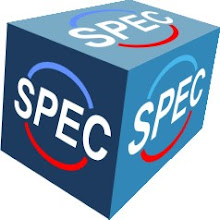Like Simple Future, Future in the Past has two different forms in English: "would" and "was going to." Although the two forms can sometimes be used interchangeably, they often express two different meanings.
FORM Would
[would + VERB]
Examples:
- I knew you would help him.
- I knew you would not help him.
FORM Was/Were Going To
[was/were + going to + VERB]
Examples:
- I knew you were going to go to the party.
- I knew you were not going to go to the party.
USE 1 Future in Past
Future in the Past is used to express the idea that in the past you thought something would happen in the future. It does not matter if you are correct or not. Future in the Past follows the same basic rules as the Simple Future. "Would" is used to volunteer or promise, and "was going to" is used to plan. Moreover, both forms can be used to make predictions about the future.
Examples:
- I told you he was going to come to the party. plan
- I knew Julie would make dinner. voluntary action
- Jane said Sam was going to bring his sister with him, but he came alone. plan
- I had a feeling that the vacation was going to be a disaster. prediction
- He promised he would send a postcard from Egypt. promise
REMEMBER No Future in Time Clauses
Like all future forms, Future in the Past cannot be used in clauses beginning with time expressions such as: when, while, before, after, by the time, as soon as, if, unless, etc. Instead of using Future in the Past, you must use Simple Past.
Examples:
- I already told Mark that when he would arrive, we would go out for dinner. Not Correct
- I already told Mark that when he arrived, we would go out for dinner. Correct
ACTIVE / PASSIVE
Examples:
- I knew John would finish the work by 5:00 PM. Active
- I knew the work would be finished by 5:00 PM. Passive
- I thought Sally was going to make a beautiful dinner. Active
- I thought a beautiful dinner was going to be made by Sally. Passive
EXERCISES AND RELATED TOPICS
Source: www.englishpage.com
 Posted in:
Posted in: 









